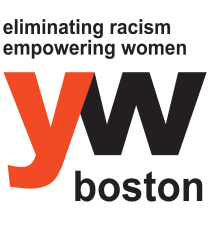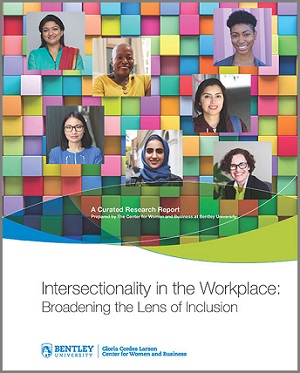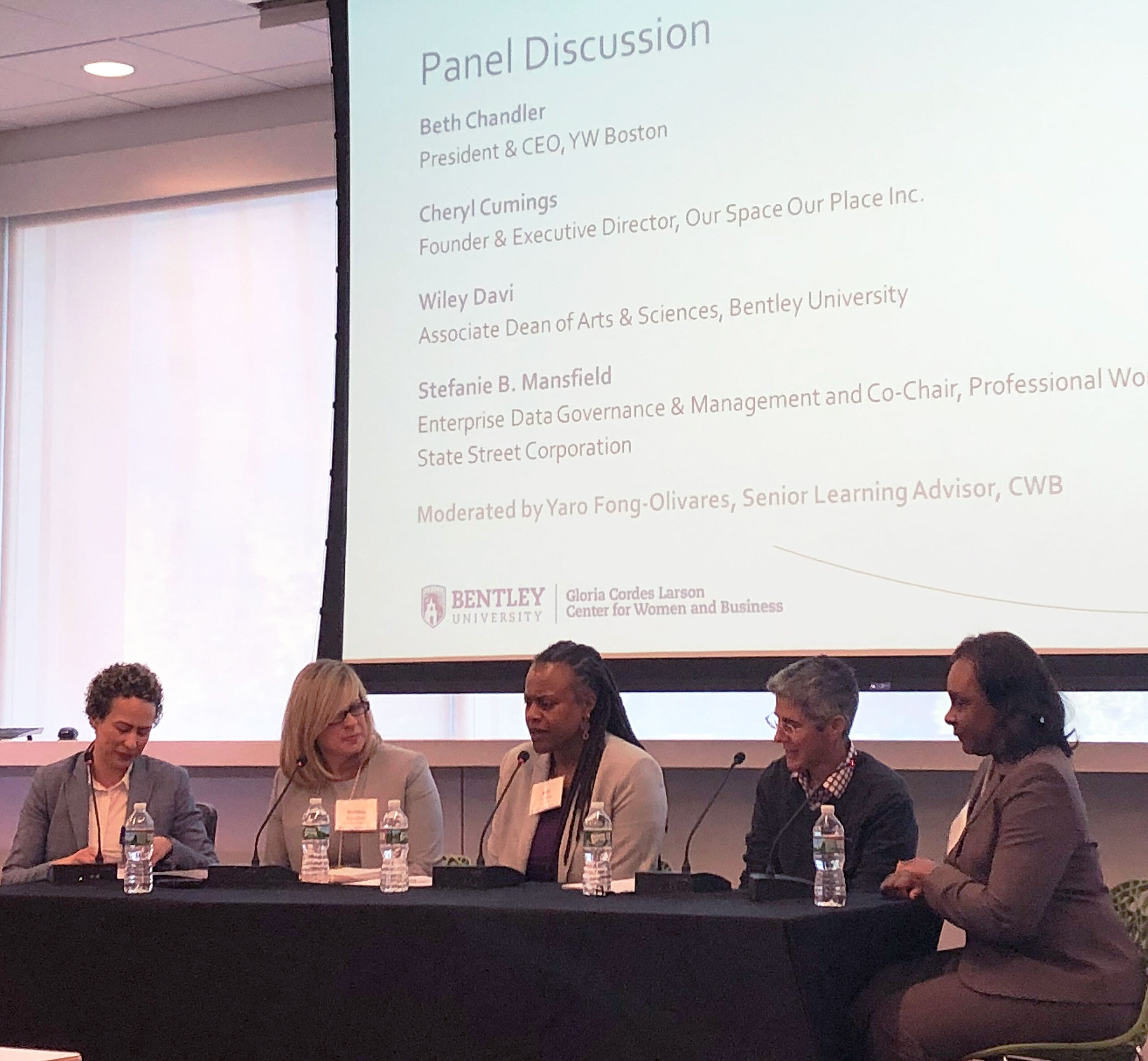
May 29, 2019
Intersectionality in the Workplace: Broadening the Lens of Inclusion
This Spring, YW Boston partnered with Bentley University on their report, Intersectionality in the Workplace: Broadening the Lens of Inclusion. YW Boston’s work focuses on the intersectionality of race and gender, specifically, by working to help individuals and organizations create more inclusive environments where women, people of color, and especially women of color can succeed at all levels. We recognize that in order to address injustice, we must acknowledge the ways in which people and communities are impacted by their overlapping identities. YW Boston assisted the Bentley University Gloria Cordes Larson Center for Women and Business by facilitating focus groups in which women of color spoke about their experiences in the workplace.
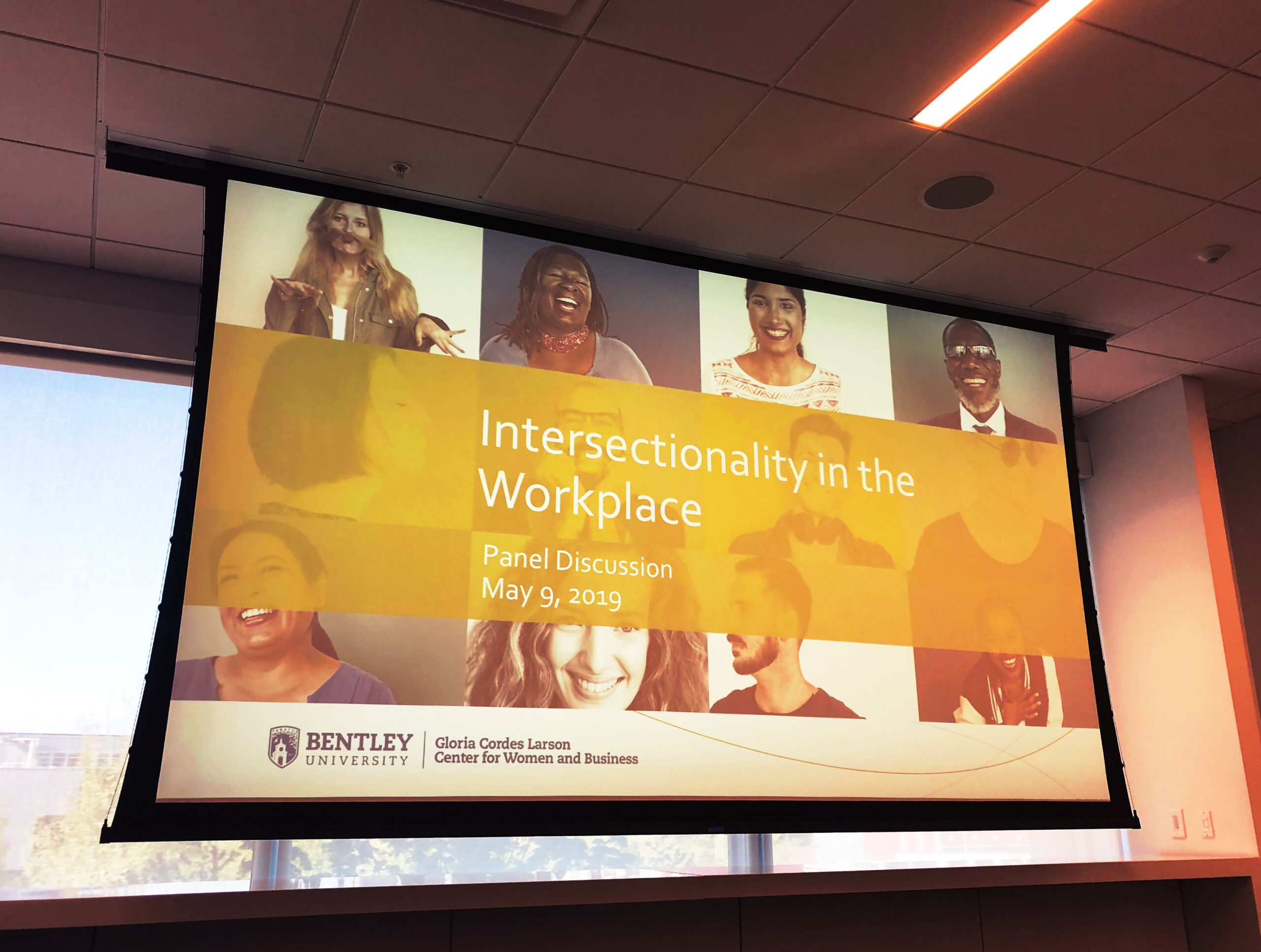
On May 9th at State Street Corporation’s Channel Center, Beth Chandler, YW Boston’s President and CEO, spoke at Bentley University’s event A Courageous Conversation on Gender and Intersectionality. Beth and her fellow panelists, Cheryl Cummings, Stefanie Mansfield, and Wiley Davi, shared their personal experiences around intersectionality in the workplace and discussed recommendations for positive interventions.
Bentley University’s Intersectionality in the Workplace: Broadening the Lens of Inclusion reports on a number of identity categories, including ability, sexual orientation, veteran status, and more. Through YW Boston’s focus on the intersection of race and gender, here are our five main takeaways from Intersectionality in the Workplace: Broadening the Lens of Inclusion.
1. Micro-inequities have compounded impact
Women of color are more likely to experience micro-inequities at work, which can have a not-so-micro impact on their careers. As the report defines, micro-inequities are “unintentional and subtle slights – acts of discrimination – that undervalue and demean people.” The term is similar to the term micro-aggression which “refers to conscious, unconscious, and often unintentional behaviors or verbal statements that undermine another person based on their social identities.” However, micro-inequities are more likely to be unintentional, and the use of the term “inequity” highlights how these acts build up over time to create large disparities within the workforce. As the report explains, “while anyone can be on the receiving end of disrespectful behavior, [micro-inequities] are directed at people with less power, such as women, people of color, and lesbian, gay, bisexual, transgender, and queer people.”
Women and people of color experience these micro-inequities at work often, which means that women of color are often subject to them at a higher rate than men of color or white women. The impact of micro-inequities is compounded when there is less support provided to women of color at work, which is often the case. The report provides the example that women of color are often held to a higher standard than other at work, a pressure that is compounded by the fact they also receive fewer mentorship opportunities than other employees in their office.
The chart below illustrates how micro-inequities take a particular toll on women of color and lesbian women:

2. Experiences are not universal among women of color
Research and discussions on the intersection of race and gender often speak about women of color without recognizing the differences among them. While women of color as a whole experience higher rates of discrimination and inequity at work, women of different races and ethnicities do confront unique obstacles.
Black women are the most likely to experience micro-aggressions or micro-inequities at work, broadly, including having their judgement questioned in their area of expertise and needing to provide more evidence of their competence in order to prove themselves. They are also the most likely to feel that their contributions are ignored. As one focus group member explained, she felt “ostracized as a Black person…there’s this box you basically put yourself in to be in corporate America as a Black person. You don’t speak a certain way, you don’t mention certain things, you don’t dress a certain way, you don’t wear your hair a certain way…and you don’t want to come across as too Black and like you care too much about Black people.” In addition to feeling ostracized, Black women are less likely to have a sponsor at work to ensure that they are not wrongfully questioned about their area of expertise or ignored entirely. While the Bentley University report does not speak of this specifically, Black women are also most likely to be perceived as angry or aggressive, and therefore more likely to be reprimanded for their tone or for advocating for themselves or their work.
Unfortunately, one battle Latinas face is a lack of data around their experiences at work, as much of the data combines the experiences of men and women. However, among Latinx individuals as a whole, they say that in order to succeed, they must conform to white, male standards by modifying “their physical appearance, body language, or communication styles — all components of executive presence.” Similar to the stereotypes that affect black women, “About 60 percent of Latinas surveyed as part of the research felt a backlash against expressing anger.”
As the Bentley University report states, Asian American women face unique challenges in that despite being seen as “the model minority,” Asian Americans “are less likely to be promoted to management than any other race, and women are uniquely impacted.” They often lack role models and professional development opportunities, often excluded as they are not seen as an underrepresented group. One interviewee explained “being an Asian-American woman as a ‘double whammy.’ ‘We either have to choose to be that meek, compliant Asian person or we have to be a dragon lady,’ she says. ‘There’s no middle ground.’”
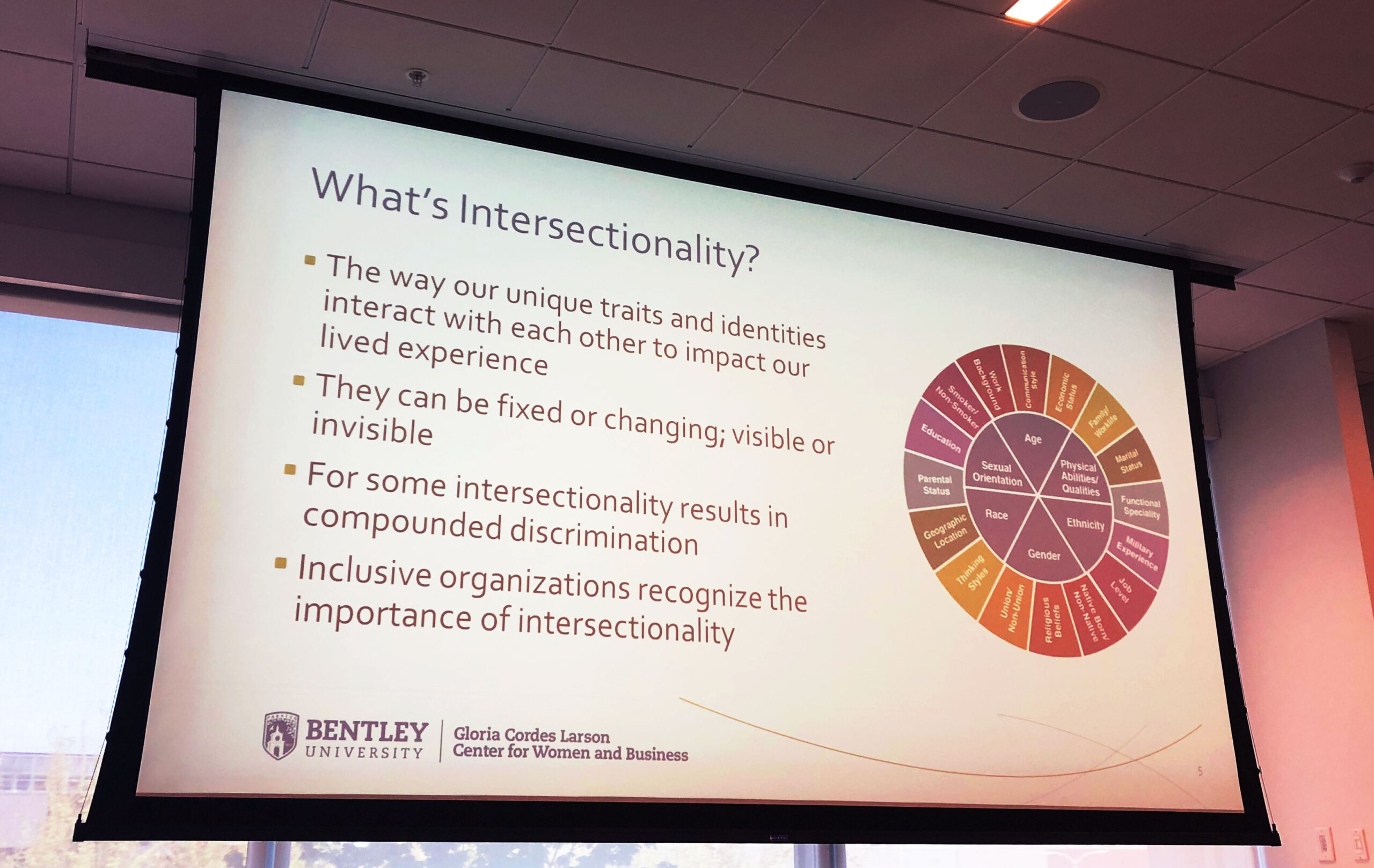
3. “Onlys” are 150% more likely to consider leaving their jobs
The experience of being “The Only” means that a person is the only woman, the only person of color, or the only person of another identity in the room, office, or industry. Women of color are more likely to experience being “The Only” by virtue of being likely to be the only woman in the room and the only person of color. As the report states, “these experiences are known to increase anxiety, pressure, and a fear of making a mistake or confirming negative stereotypes,” as well as make people feel separated from others in their workplace.
This has a big impact on the workplace where these “Onlys” experience exclusion. Women “Onlys” are twice as likely to be sexually harassed during their careers, and are 150% more likely to consider leaving their jobs. They are also less likely to see promotions in their office as equitable and that all employees are judged equally. Instead, “they consistently feel scrutinized, believing that their actions reflect positively or negatively on others like them.” They describe feeling invisible at work while also feeling like every action of theirs is held under a microscope. 20% of women in corporate environments experience being “The Only”, a number that rises to 40% for women of color.
4. Senior executives have a number of myths to unlearn
The barriers to women of color succeeding in the workplace are exacerbated by many of the myths that senior executives are likely to hold. CEOs and senior executives, largely older, white men, have the opportunity to create more inclusive environments for their staff by examining these long-held beliefs. It begins by these leaders recognizing that “talent at the intersections is sometimes invisible to them,” often due to the unconscious biases they hold.
Senior executives can also begin to prioritize empathy in the workforce, which the report describes as “the ‘antidote’ to the challenges of cross-cultural dialogue because empathy helps us navigate cultural differences and potential misunderstandings based on those differences. They can also drop the notion that their firm is a
Lastly, CEOs and senior executives can start to be vocal about the work they know needs to be done in their organization. This can begin by recognizing “the profound impact that race and identity-based violence may be having on their employees, and giving those individuals safe places to reflect, talk, and heal.” Only by being honest and open to change can these executives begin to make change.
5. There are many steps we can take to remedy the challenges of underrepresentation
You don’t have to be in the C-suite to make change. Begin by unlearning many of the myths stated above, as well as continuing your learning about how intersectionality impacts the workplace. By openly acknowledging the unique challenges women of color face, you can begin speaking with your colleagues about how to remedy these challenges.
You can also work with your Human Resources team to implement a number of the recommendations made in the Bentley University report. This can include bringing unconscious bias training to your organization, advocating for succession plans that incorporate diversity, and helping to start employee resource groups specifically for people of intersecting identities, such as
Read the full report by request on Bentley University’s website.
_______
YW Boston provides inclusion services that help individuals drive change within their organizations. Our Dialogues program has provided over 100 organizations with a structured way to openly talk about race in order to identify and address barriers to equity and inclusion. Using our advanced assessment tool and the latest research on behavioral and organizational change, Dialogues partners with organizations to create an action plan and provide them with the resources needed to drive organizational change. LeadBoston is YW Boston’s cross-sector leadership development program that equips mid-to-senior level professionals with the knowledge, skills, and networks to drive socially responsible change in their communities and organizations. Consider how one or both of these programs can positively impact your workplace and email Sheera Bornstein, Senior Manager of Partnerships, at sheera@ywboston.org for more information.
_
About YW Boston
As the first YWCA in the nation, YW Boston has been at the forefront of advancing equity for over 150 years. Through our three programs—Dialogues, LeadBoston, and our youth programming—as well as our advocacy work, we help individuals and organizations create more inclusive environments where women, people of color, and especially women of color can succeed.
